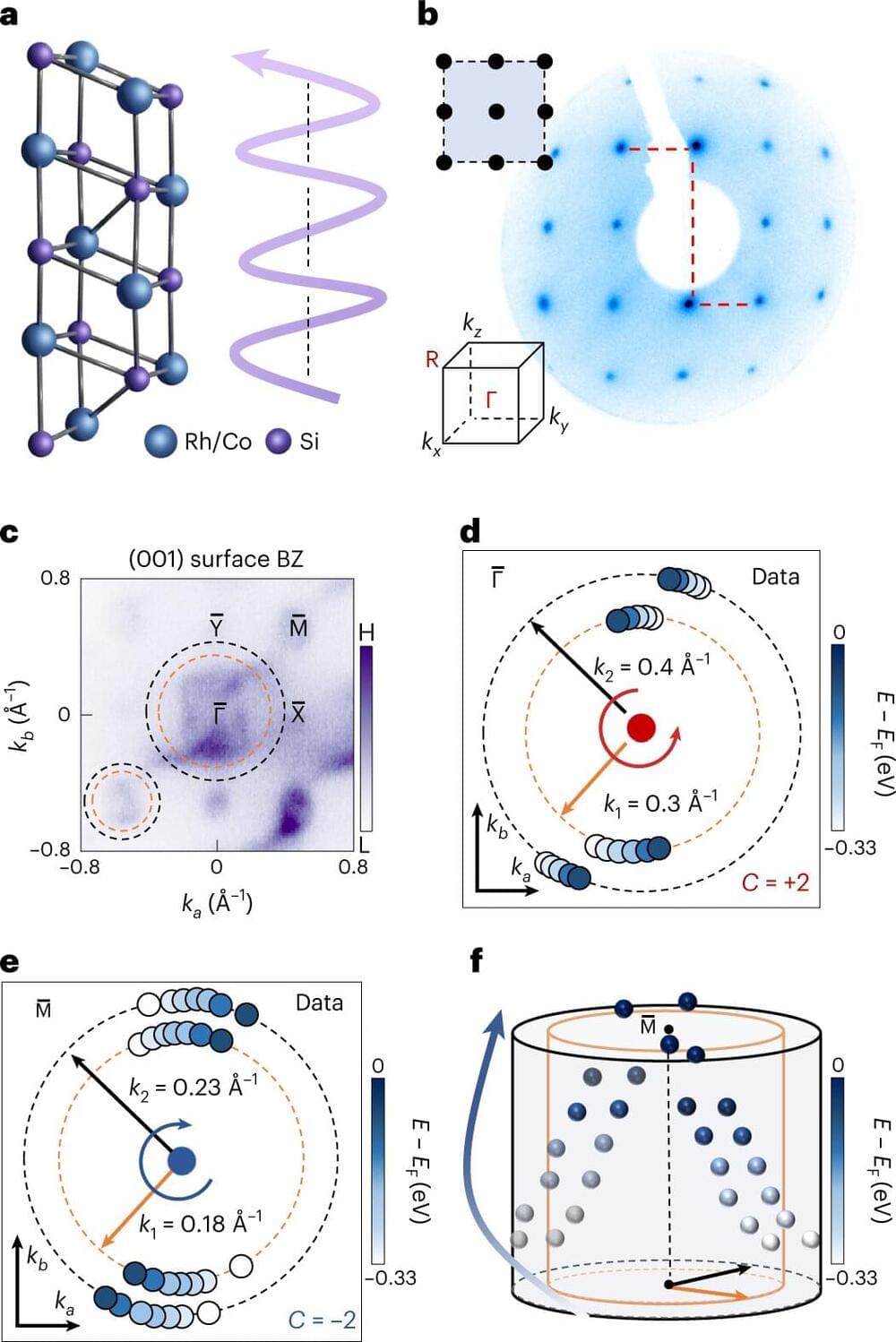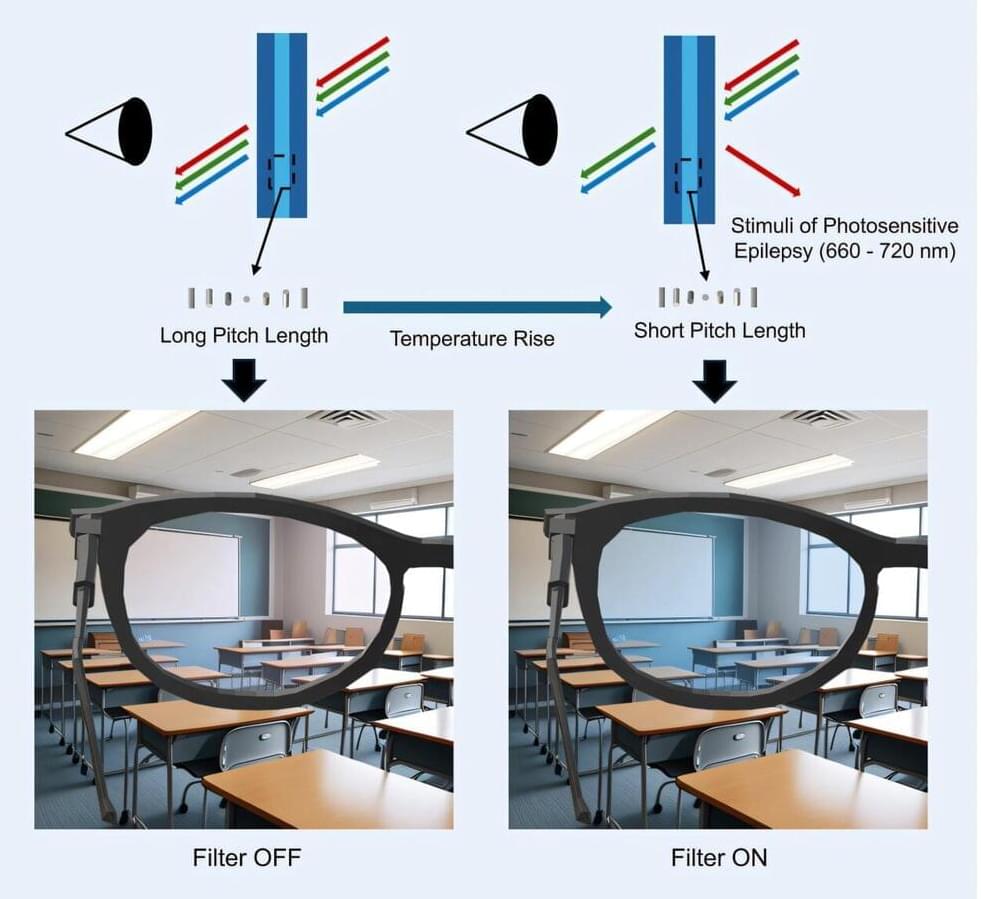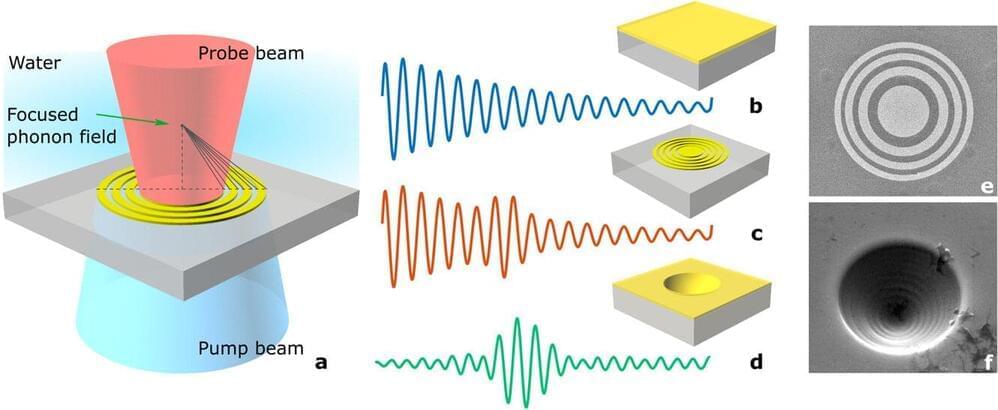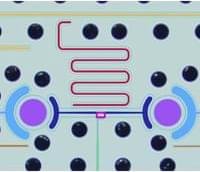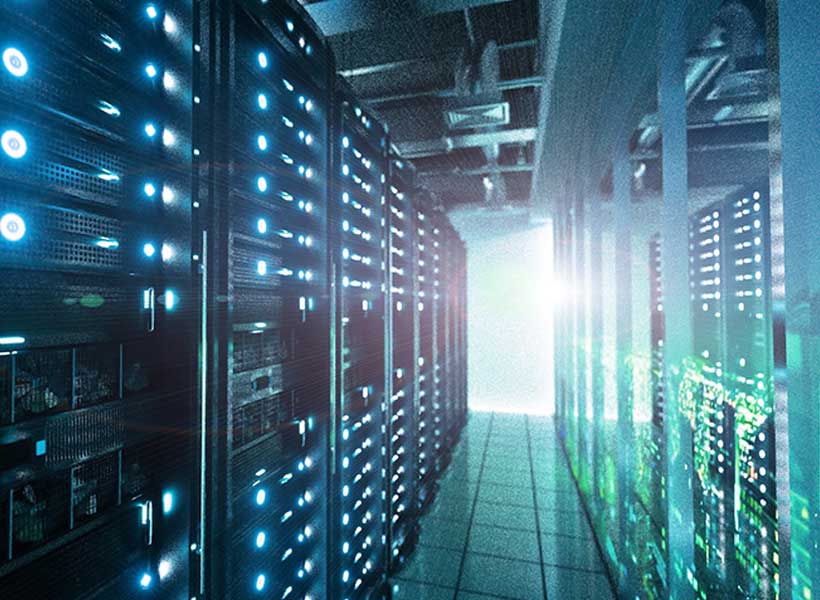
The rise of quantum computing is more than a technological advancement; it marks a profound shift in the world of cybersecurity, especially when considering the actions of state-sponsored cyber actors. Quantum technology has the power to upend the very foundations of digital security, promising to dismantle current encryption standards, enhance offensive capabilities, and recalibrate the balance of cyber power globally. As leading nations like China, Russia, and others intensify their investments in quantum research, the potential repercussions for cybersecurity and international relations are becoming alarmingly clear.
Imagine a world where encrypted communications, long thought to be secure, could be broken in mere seconds. Today, encryption standards such as RSA or ECC rely on complex mathematical problems that would take traditional computers thousands of years to solve. Quantum computing, however, changes this equation. Using quantum algorithms like Shor’s, a sufficiently powerful quantum computer could factorize these massive numbers, effectively rendering these encryption methods obsolete.
This capability could give state actors the ability to decrypt communications, access sensitive governmental data, and breach secure systems in real time, transforming cyber espionage. Instead of months spent infiltrating networks and monitoring data flow, quantum computing could provide immediate access to critical information, bypassing traditional defenses entirely.


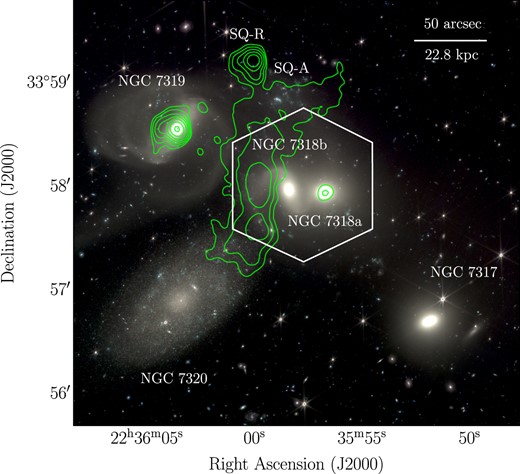 ABSTRACT. We present a detailed study of the large-scale shock front in Stephan’s Quintet, a by-product of past and ongoing interactions. Using integral-field spectroscopy from the new William Herschel Telescope Enhanced Area Velocity Explorer (WEAVE), recent 144 MHz observations from the LOFAR Two-metre Sky Survey, and archival data from the Very Large Array and JWST, we obtain new measurements of key shock properties and determine its impact on the system. Harnessing the WEAVE large integral field unit’s field of view (90 |$\times$| 78 arcsec|$^{2}$|), spectral resolution (|$R\sim 2500$|), and continuous wavelength coverage across the optical band, we perform robust emission-line modelling and dynamically locate the shock within the multiphase intergalactic medium with higher precision than previously possible. The shocking of the cold gas phase is hypersonic, and comparisons with shock models show that it can readily account for the observed emission-line ratios. In contrast, we demonstrate that the shock is relatively weak in the hot plasma visible in X-rays (with Mach number of |$\mathcal {M}\sim 2\!-\!4$|), making it inefficient at producing the relativistic particles needed to explain the observed synchrotron emission. Instead, we propose that it has led to an adiabatic compression of the medium, which has increased the radio luminosity 10-fold. Comparison of the Balmer line-derived extinction map with the molecular gas and hot dust observed with JWST suggests that pre-existing dust may have survived the collision, allowing the condensation of H|$_2$| – a key channel for dissipating the shock energy.
ABSTRACT. We present a detailed study of the large-scale shock front in Stephan’s Quintet, a by-product of past and ongoing interactions. Using integral-field spectroscopy from the new William Herschel Telescope Enhanced Area Velocity Explorer (WEAVE), recent 144 MHz observations from the LOFAR Two-metre Sky Survey, and archival data from the Very Large Array and JWST, we obtain new measurements of key shock properties and determine its impact on the system. Harnessing the WEAVE large integral field unit’s field of view (90 |$\times$| 78 arcsec|$^{2}$|), spectral resolution (|$R\sim 2500$|), and continuous wavelength coverage across the optical band, we perform robust emission-line modelling and dynamically locate the shock within the multiphase intergalactic medium with higher precision than previously possible. The shocking of the cold gas phase is hypersonic, and comparisons with shock models show that it can readily account for the observed emission-line ratios. In contrast, we demonstrate that the shock is relatively weak in the hot plasma visible in X-rays (with Mach number of |$\mathcal {M}\sim 2\!-\!4$|), making it inefficient at producing the relativistic particles needed to explain the observed synchrotron emission. Instead, we propose that it has led to an adiabatic compression of the medium, which has increased the radio luminosity 10-fold. Comparison of the Balmer line-derived extinction map with the molecular gas and hot dust observed with JWST suggests that pre-existing dust may have survived the collision, allowing the condensation of H|$_2$| – a key channel for dissipating the shock energy.
